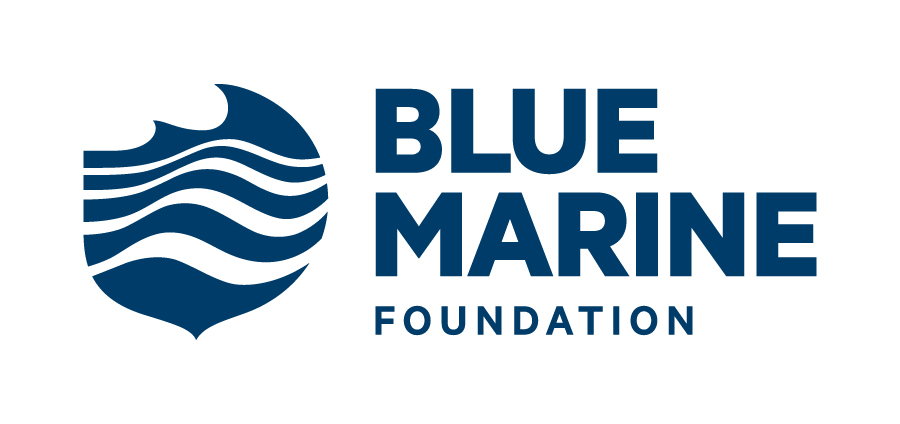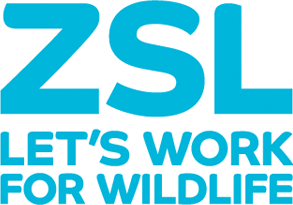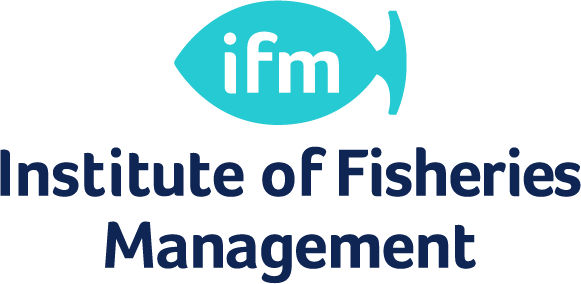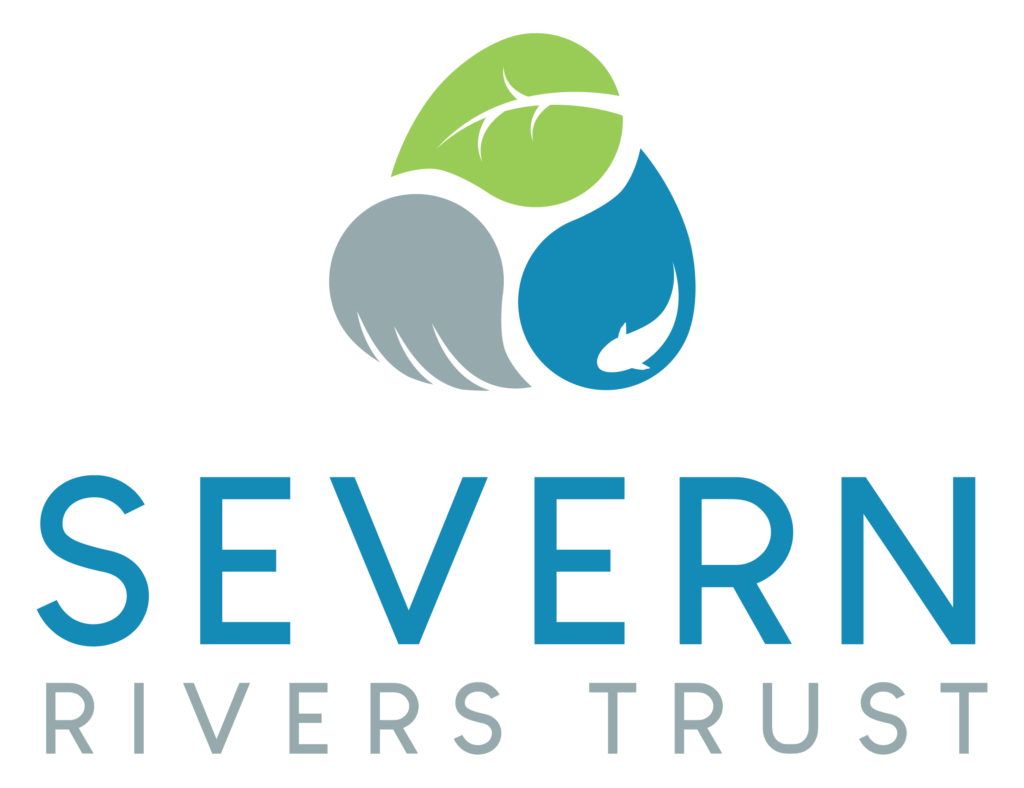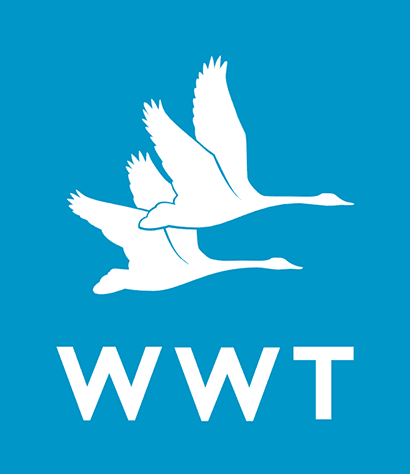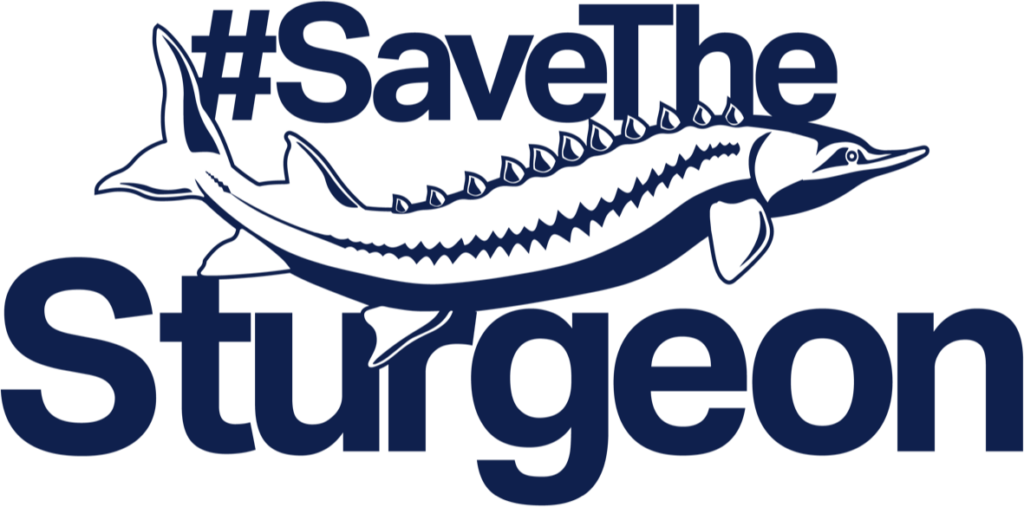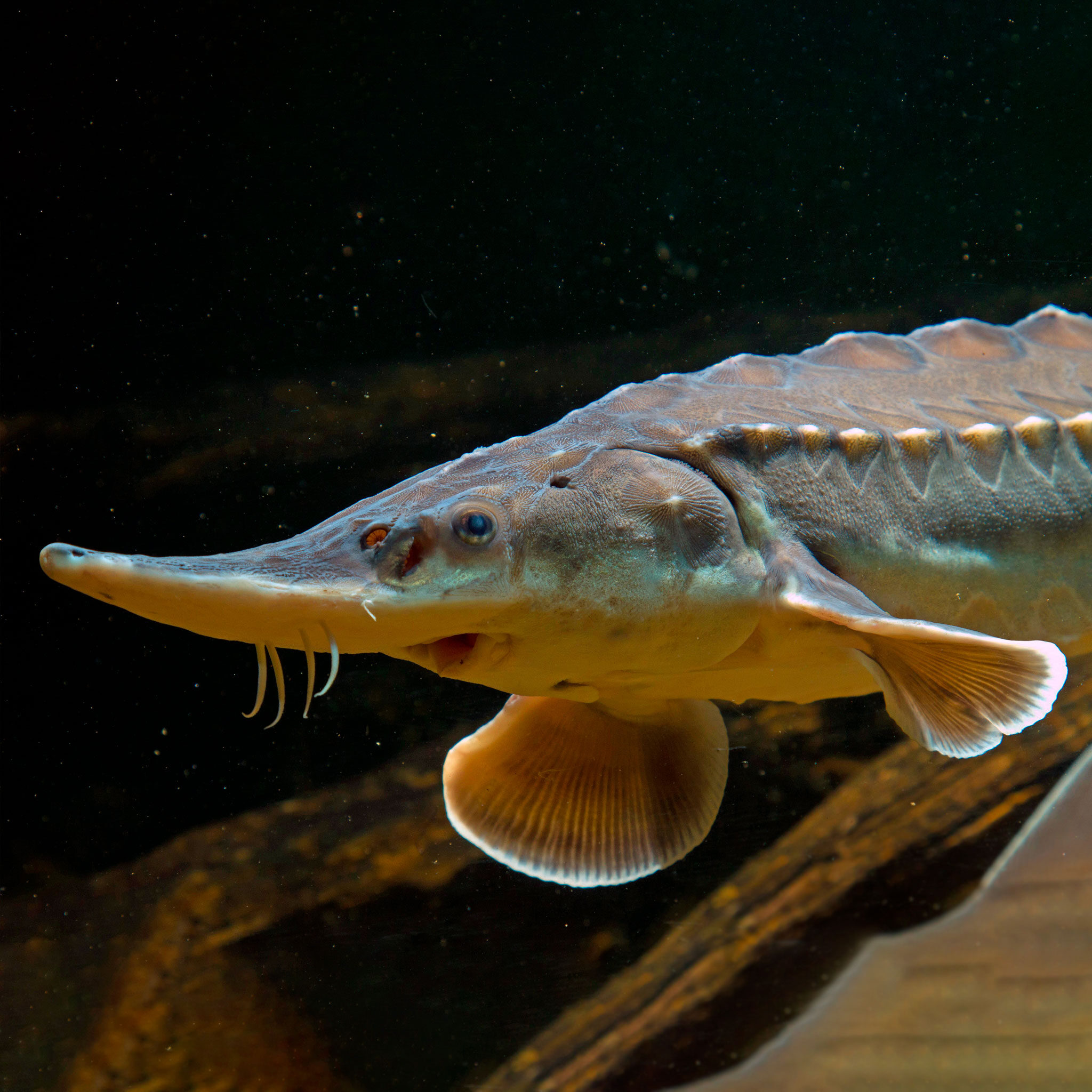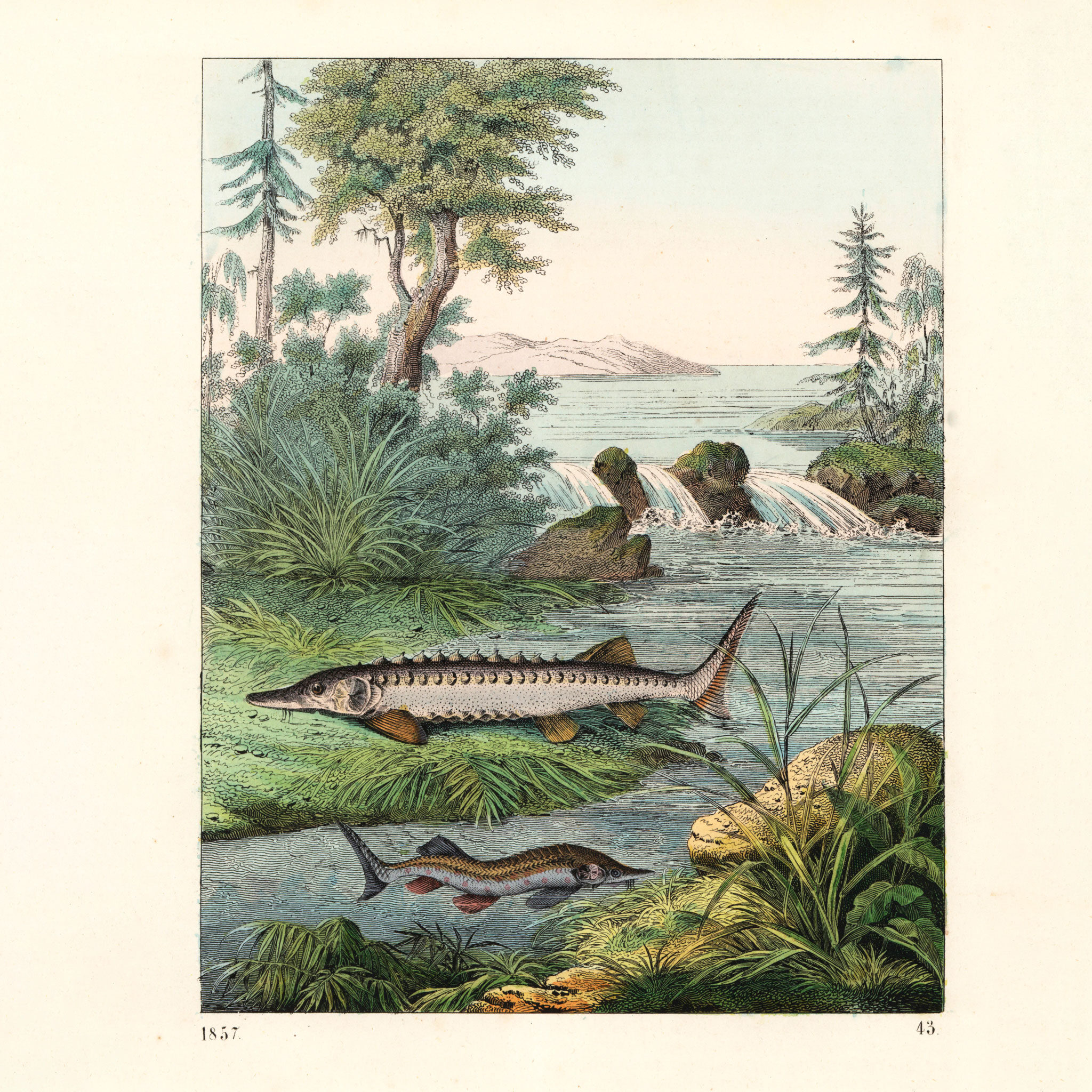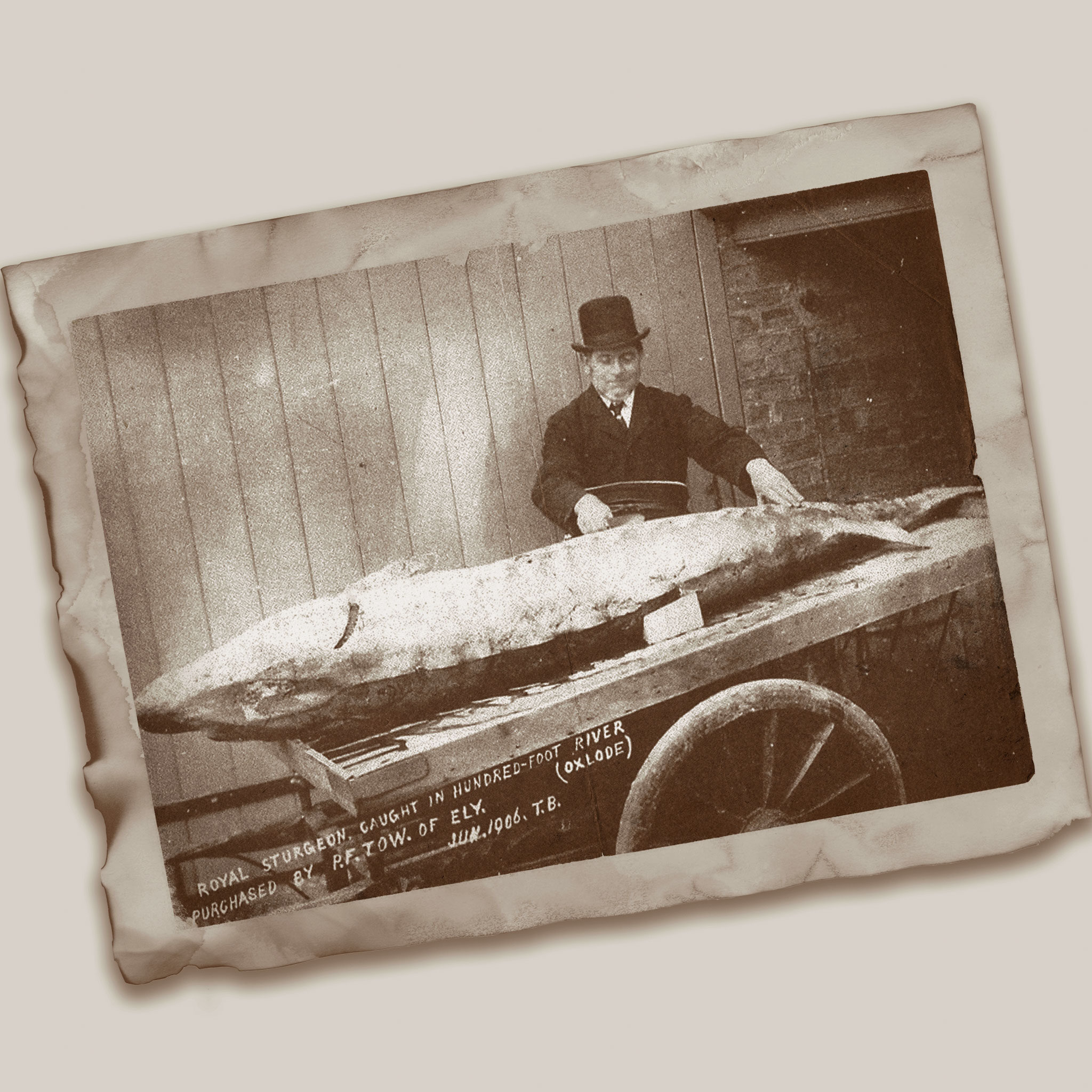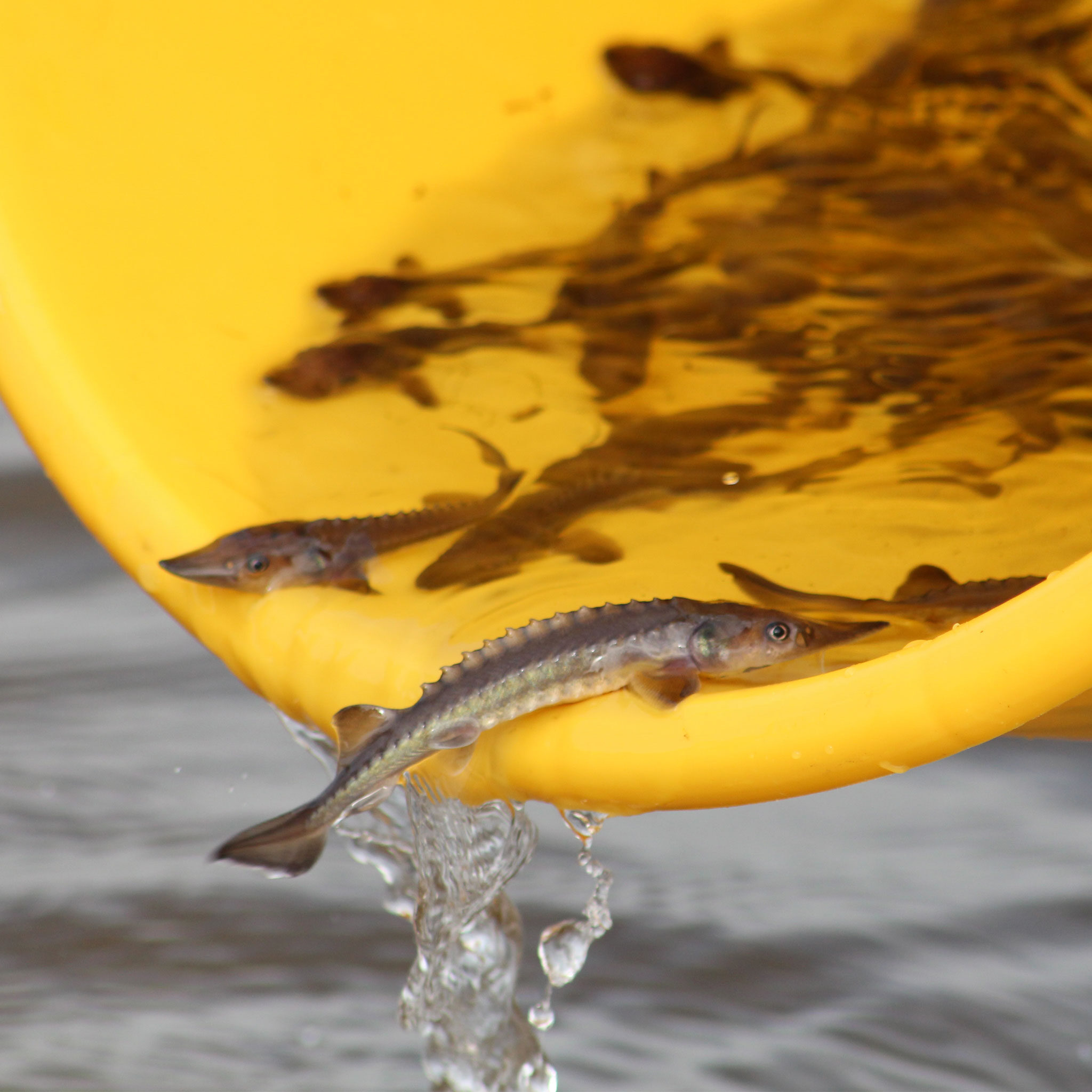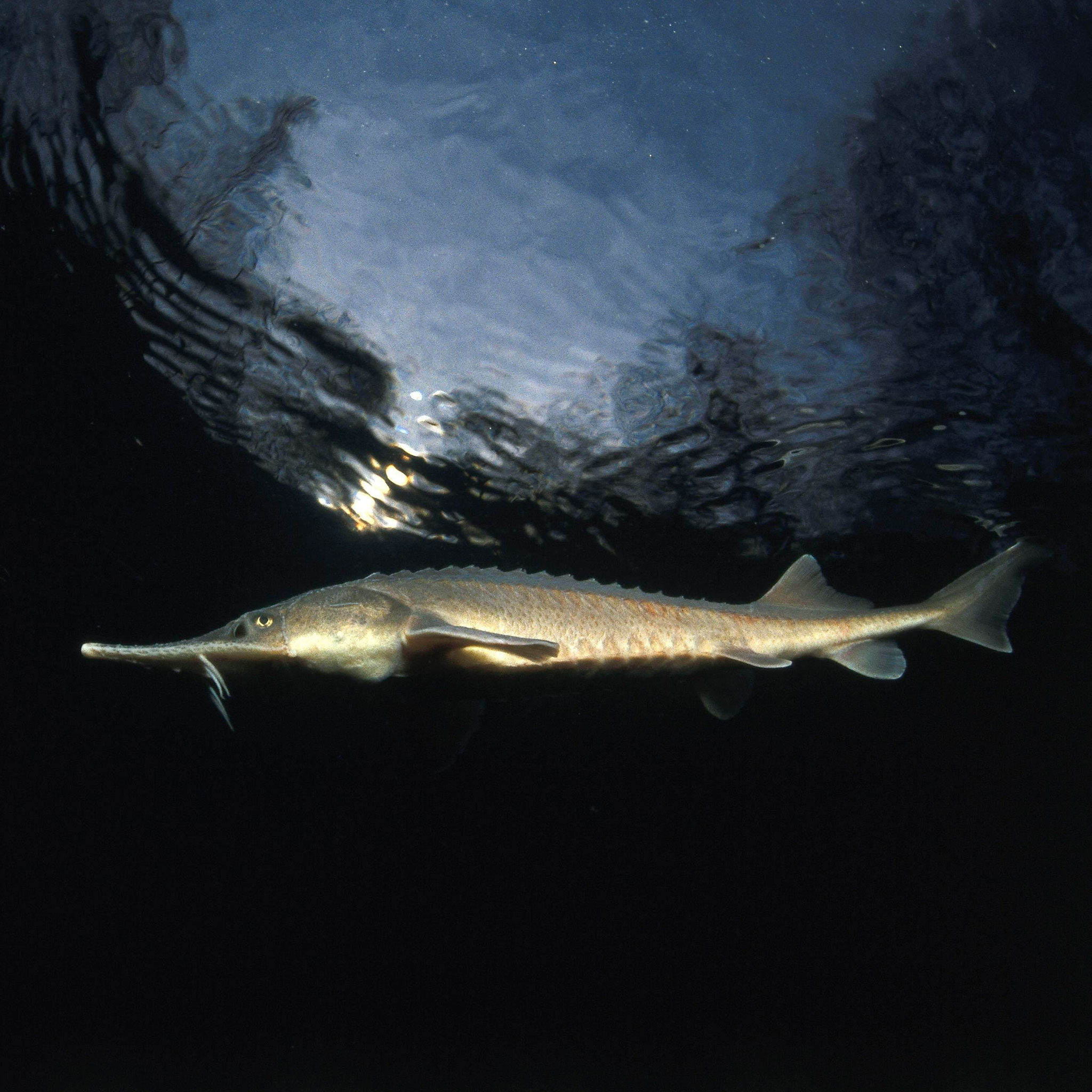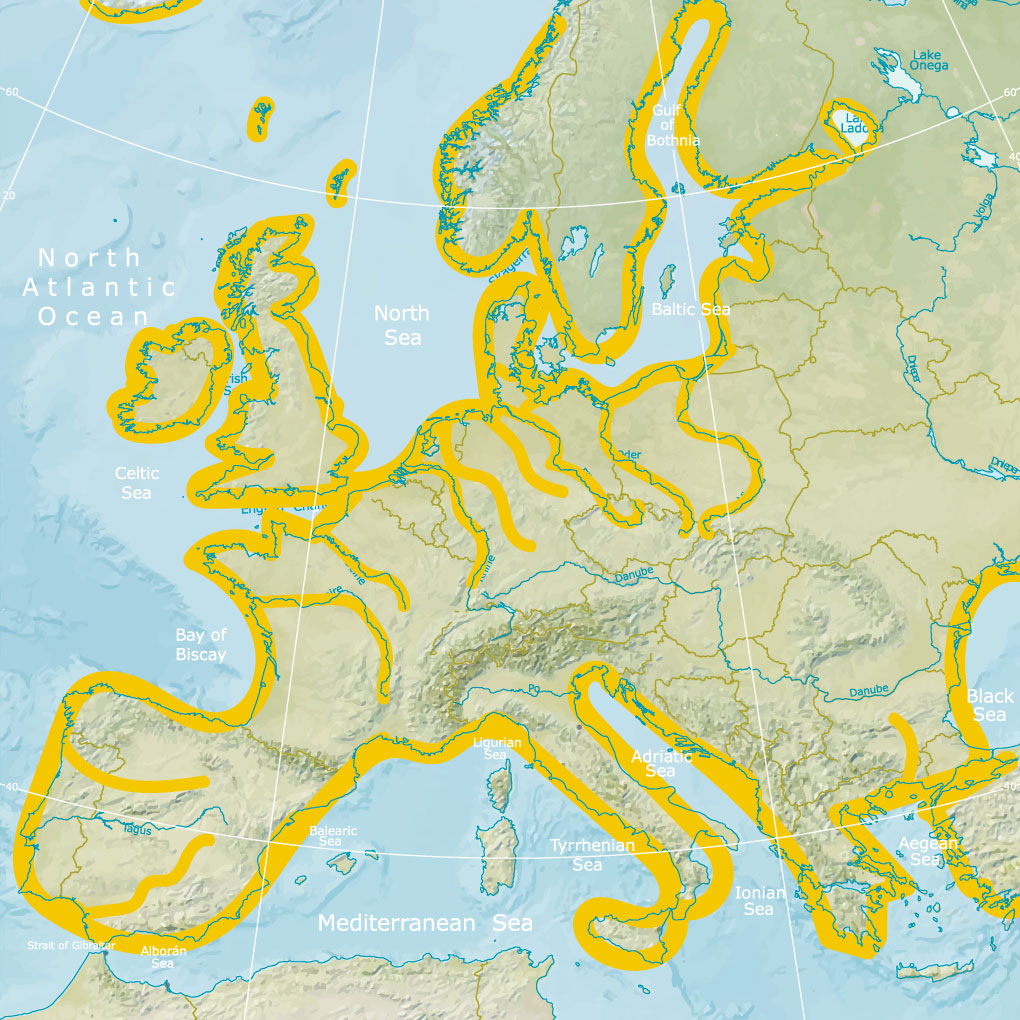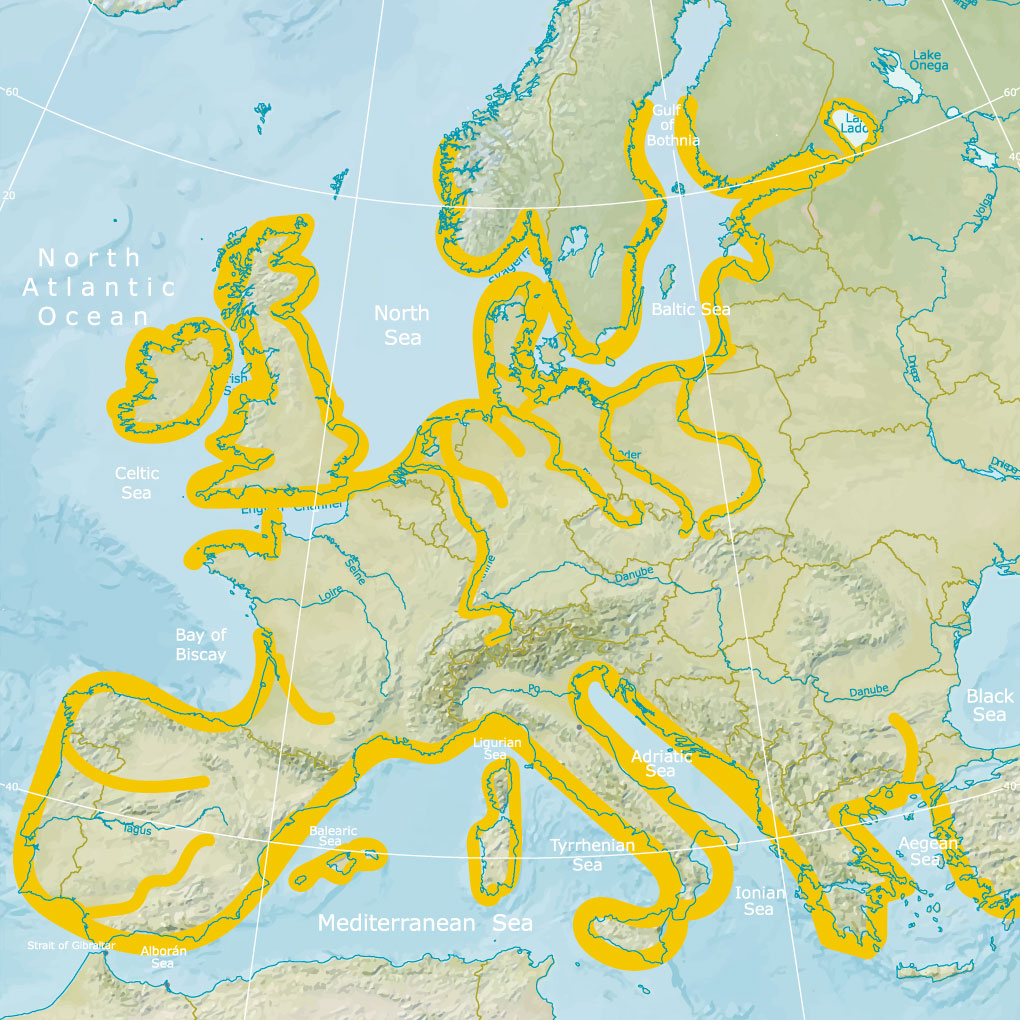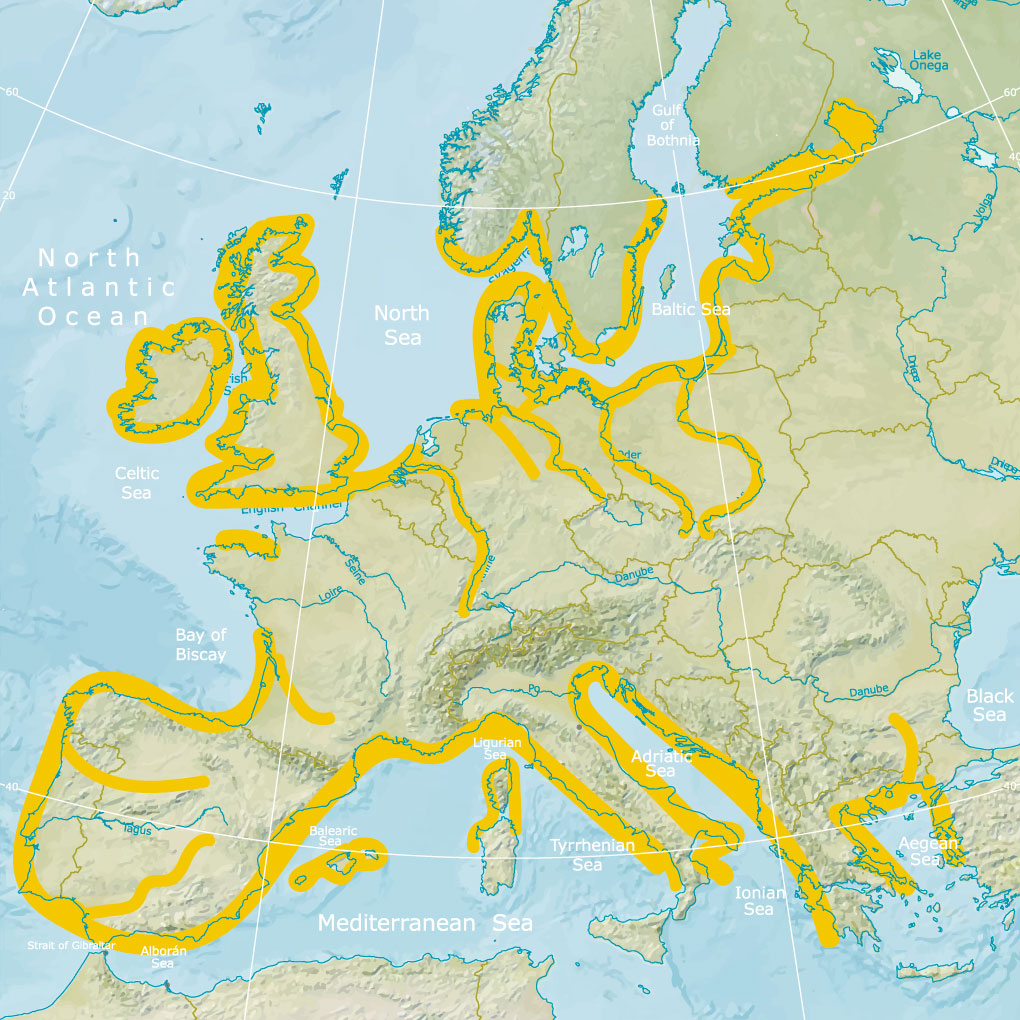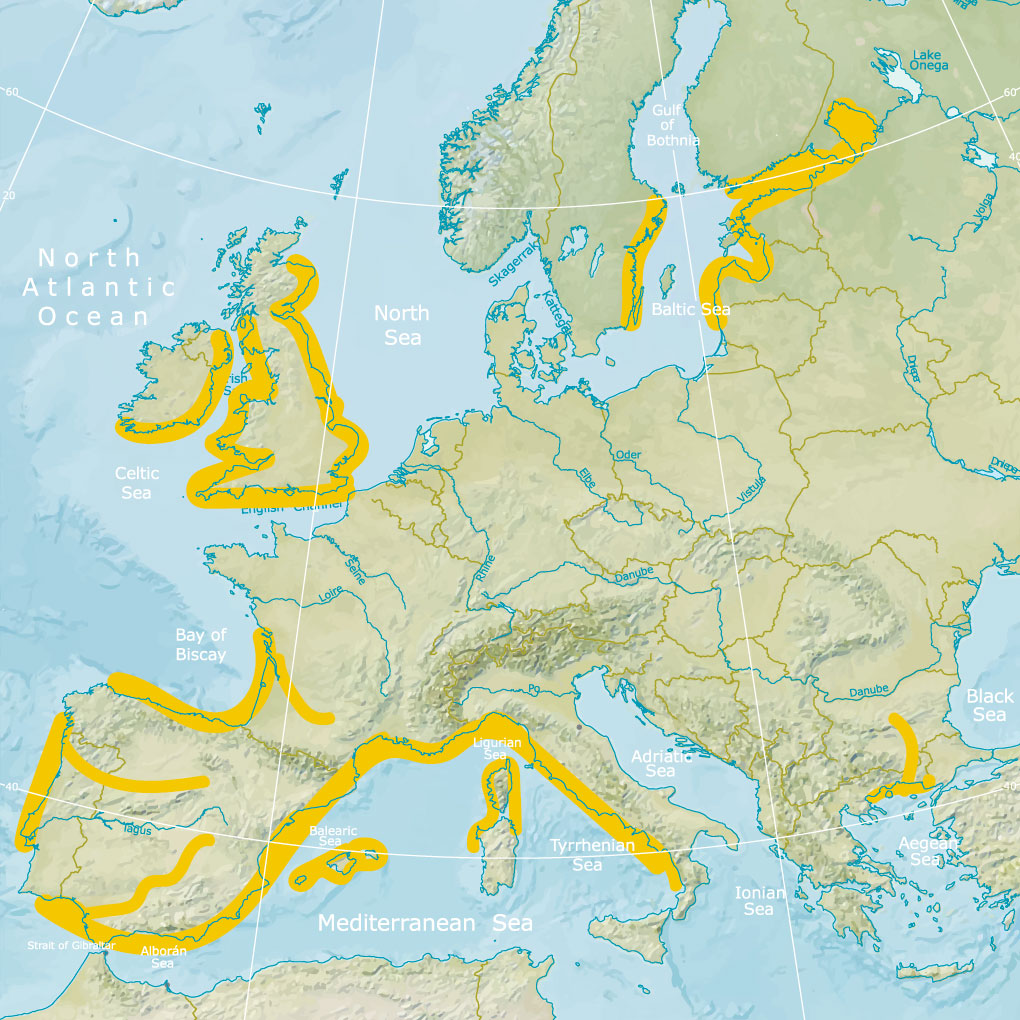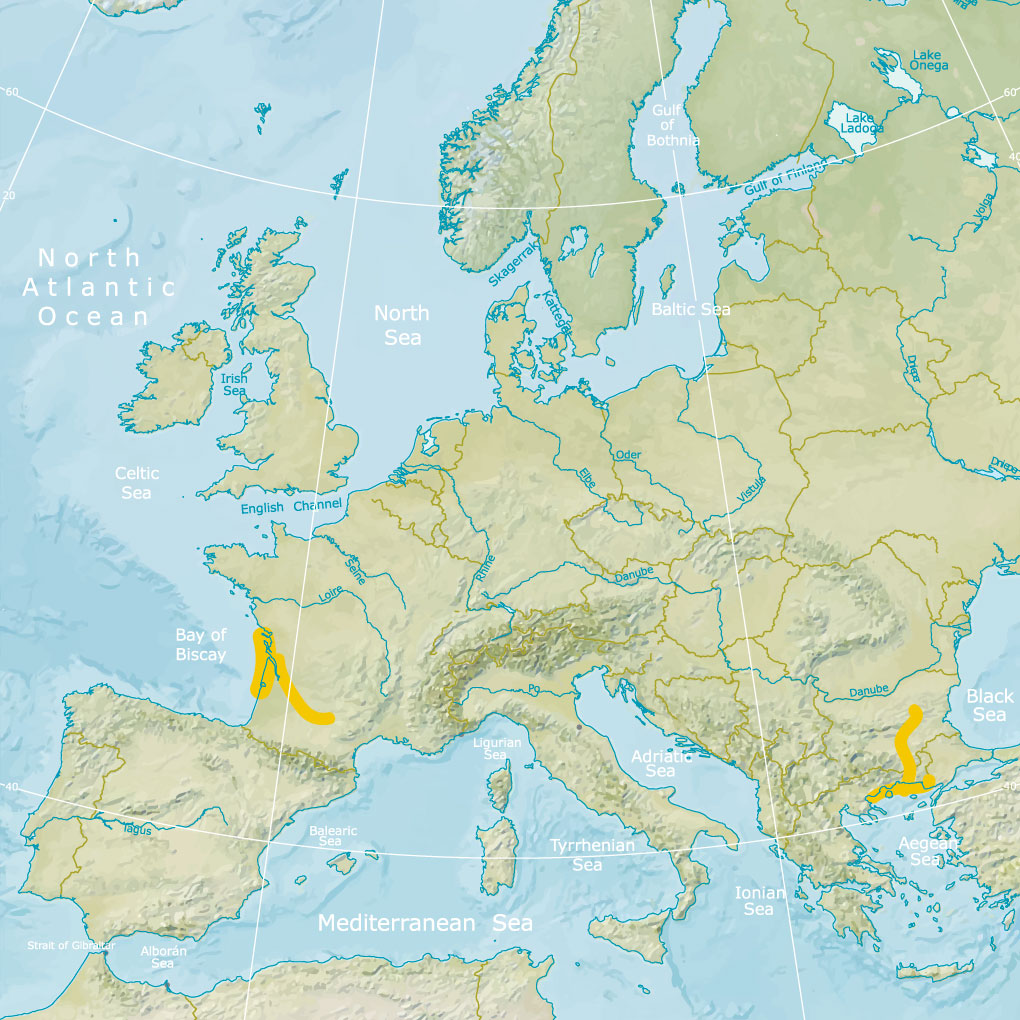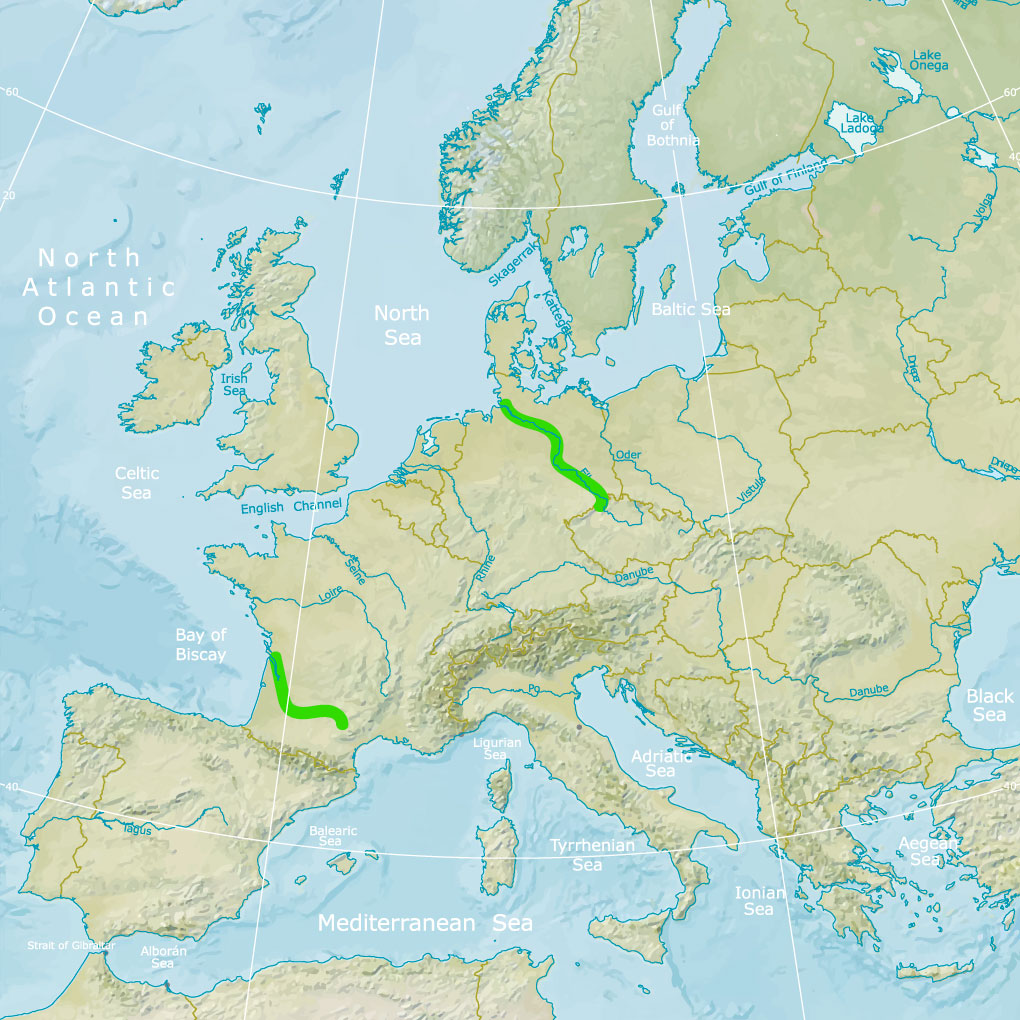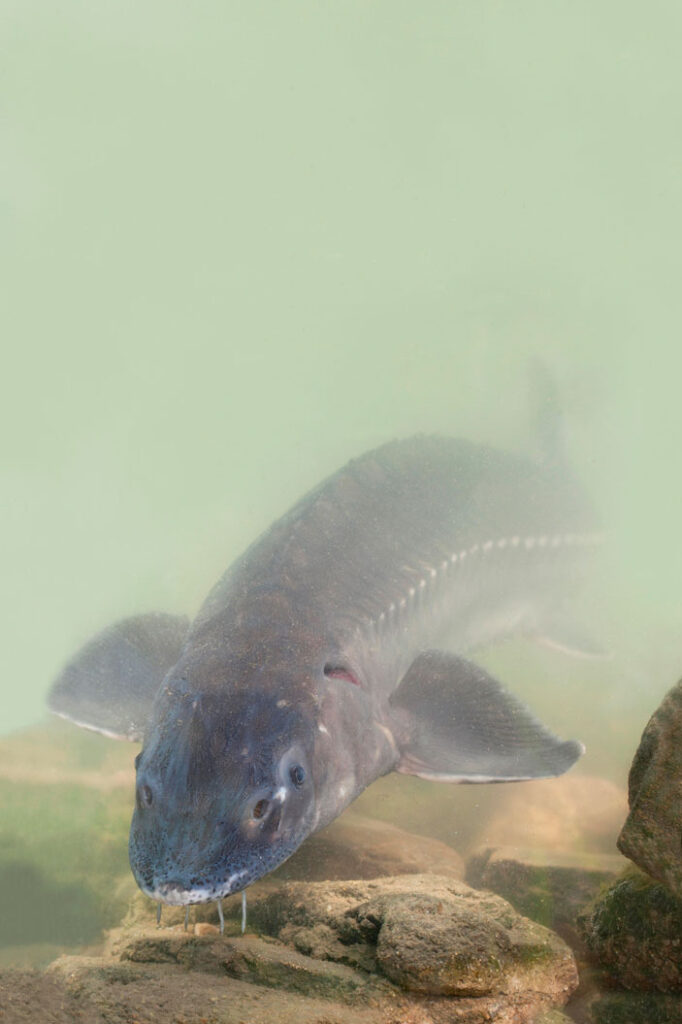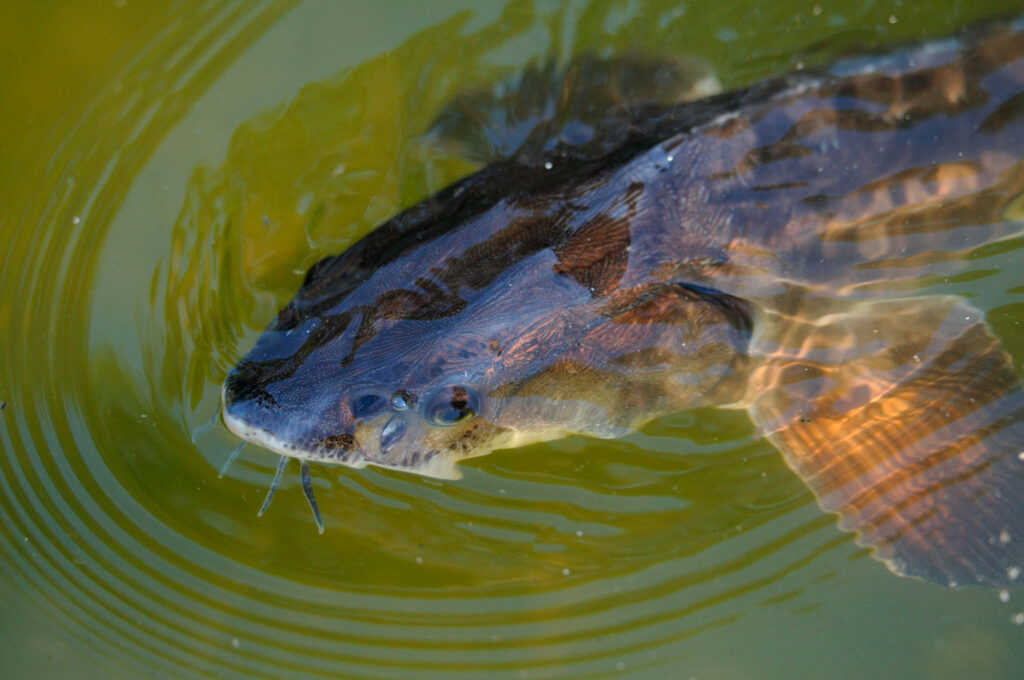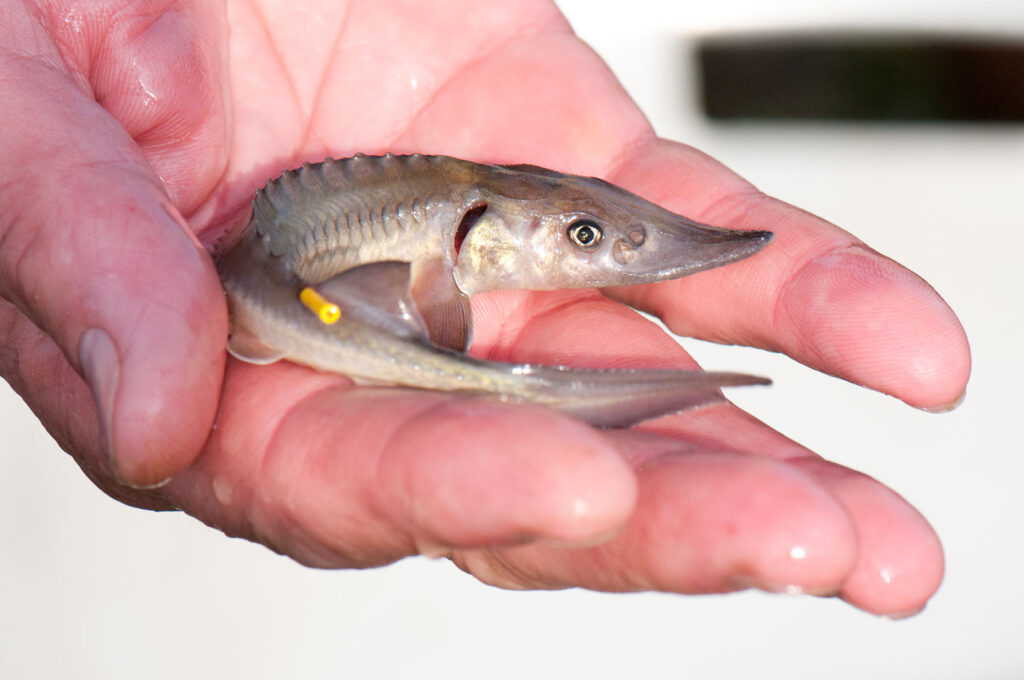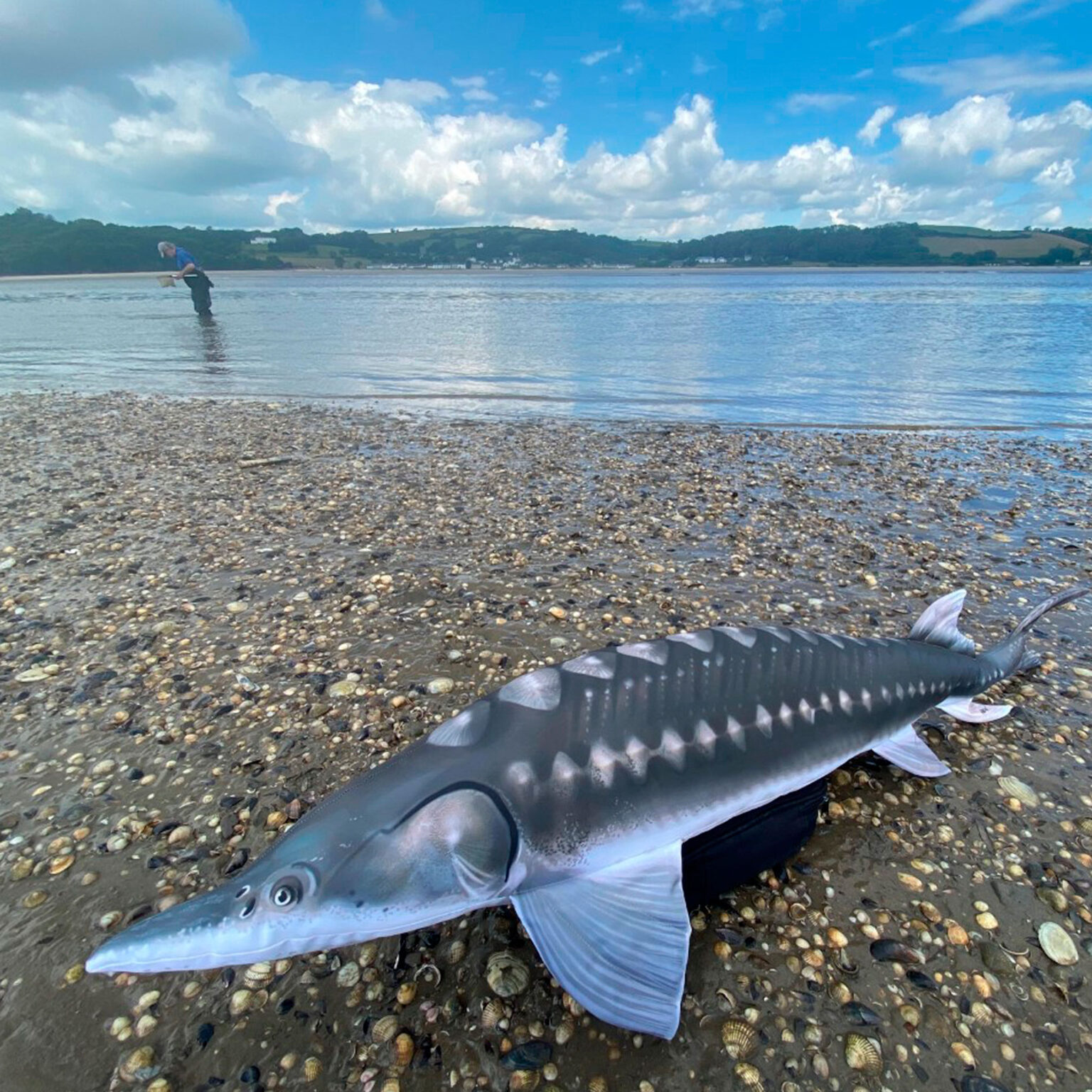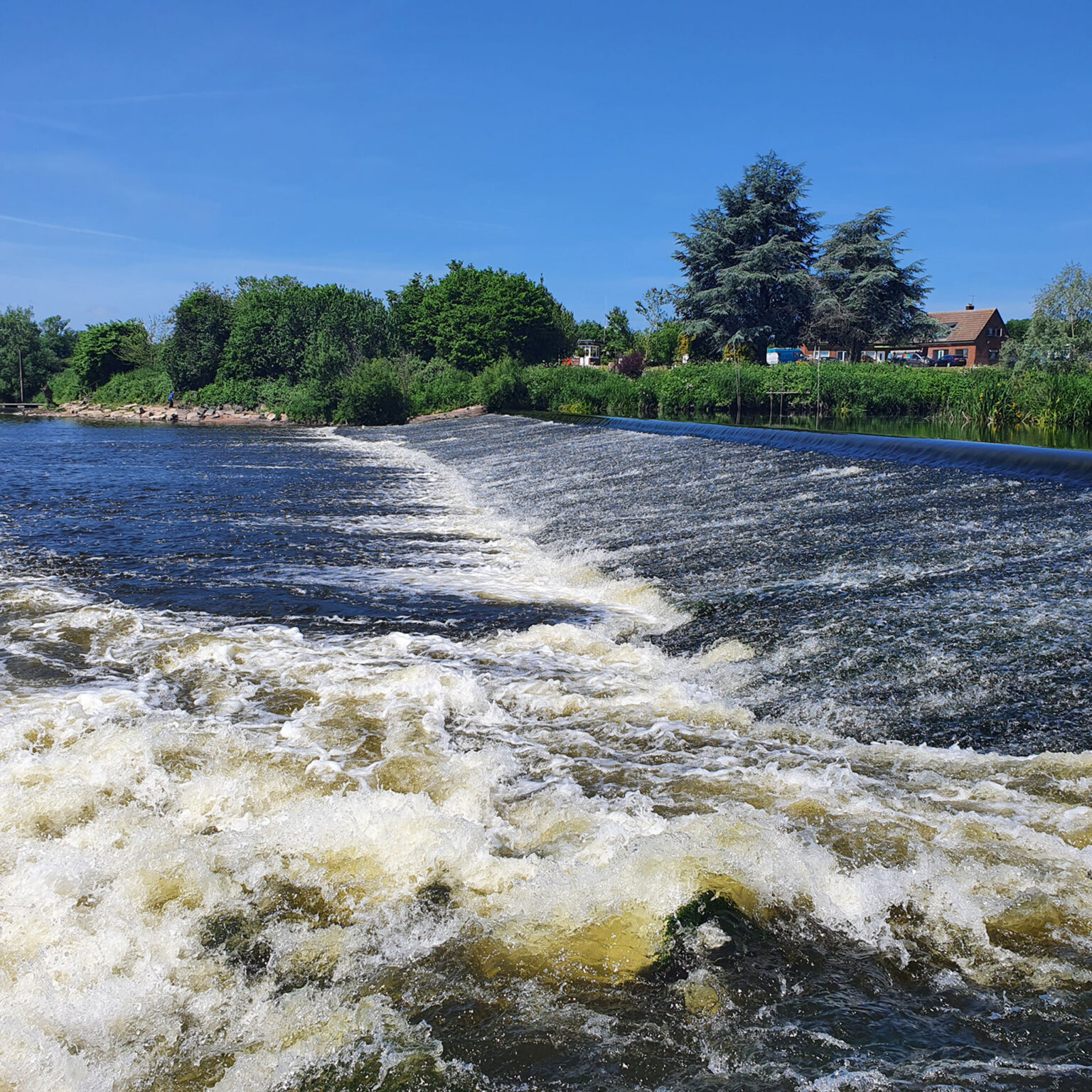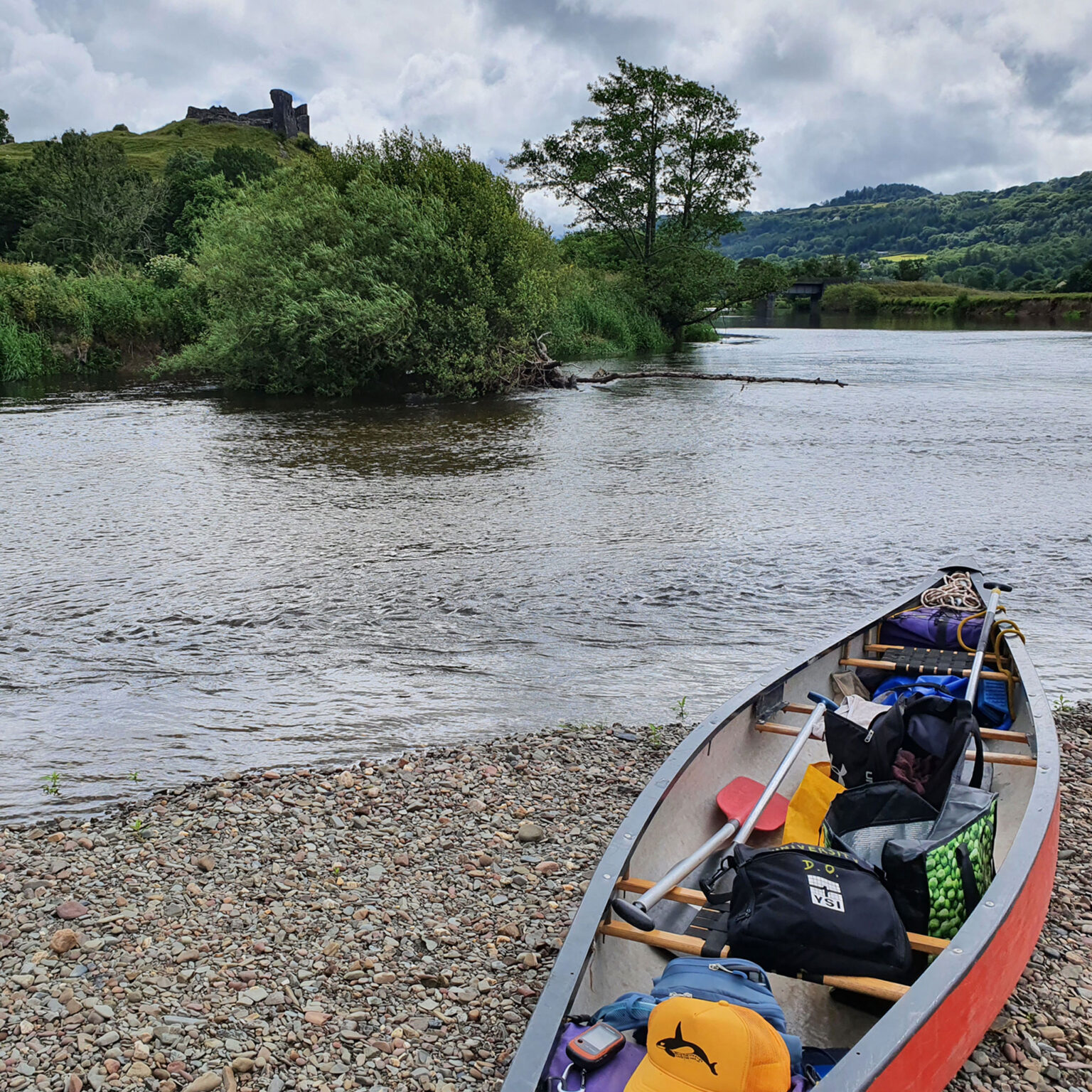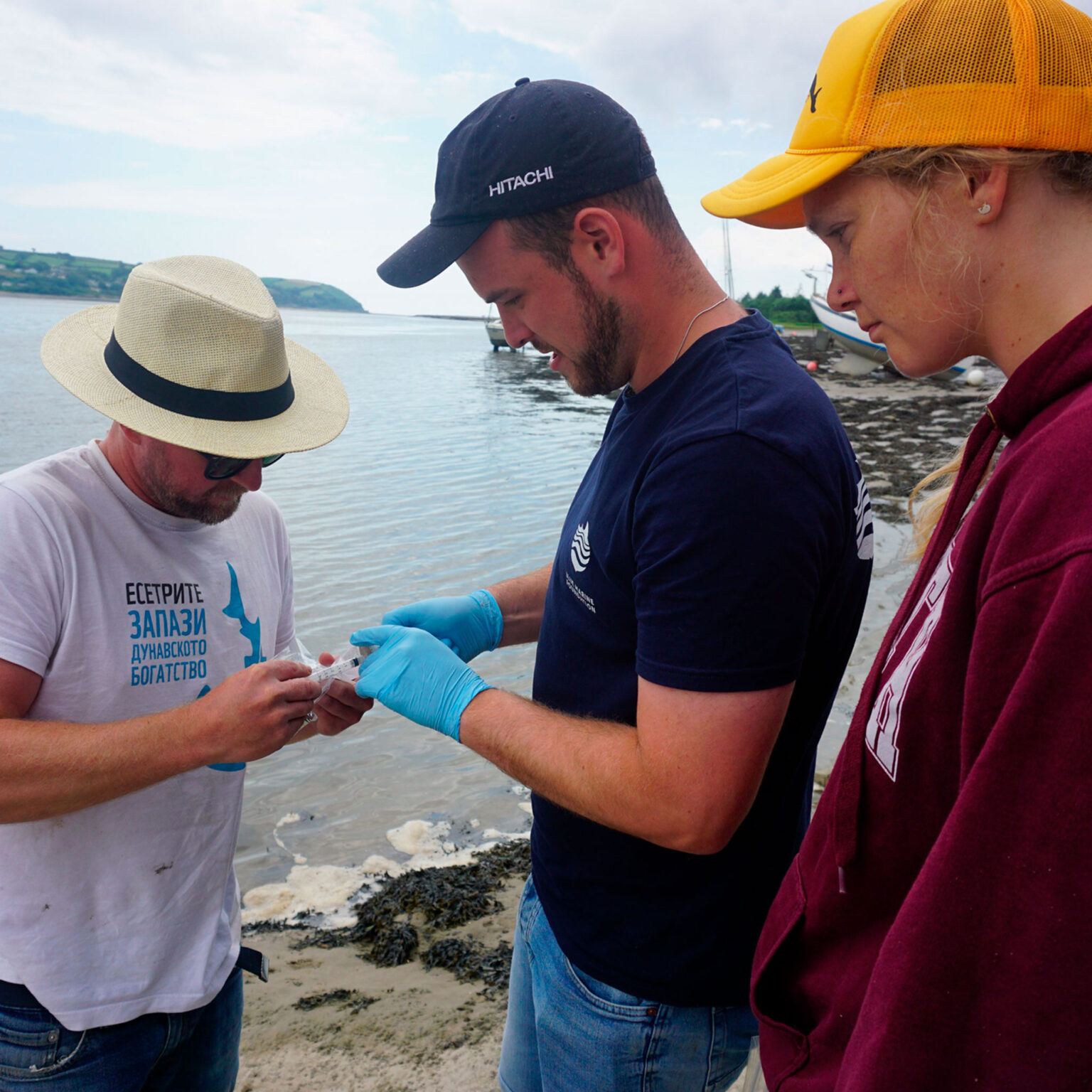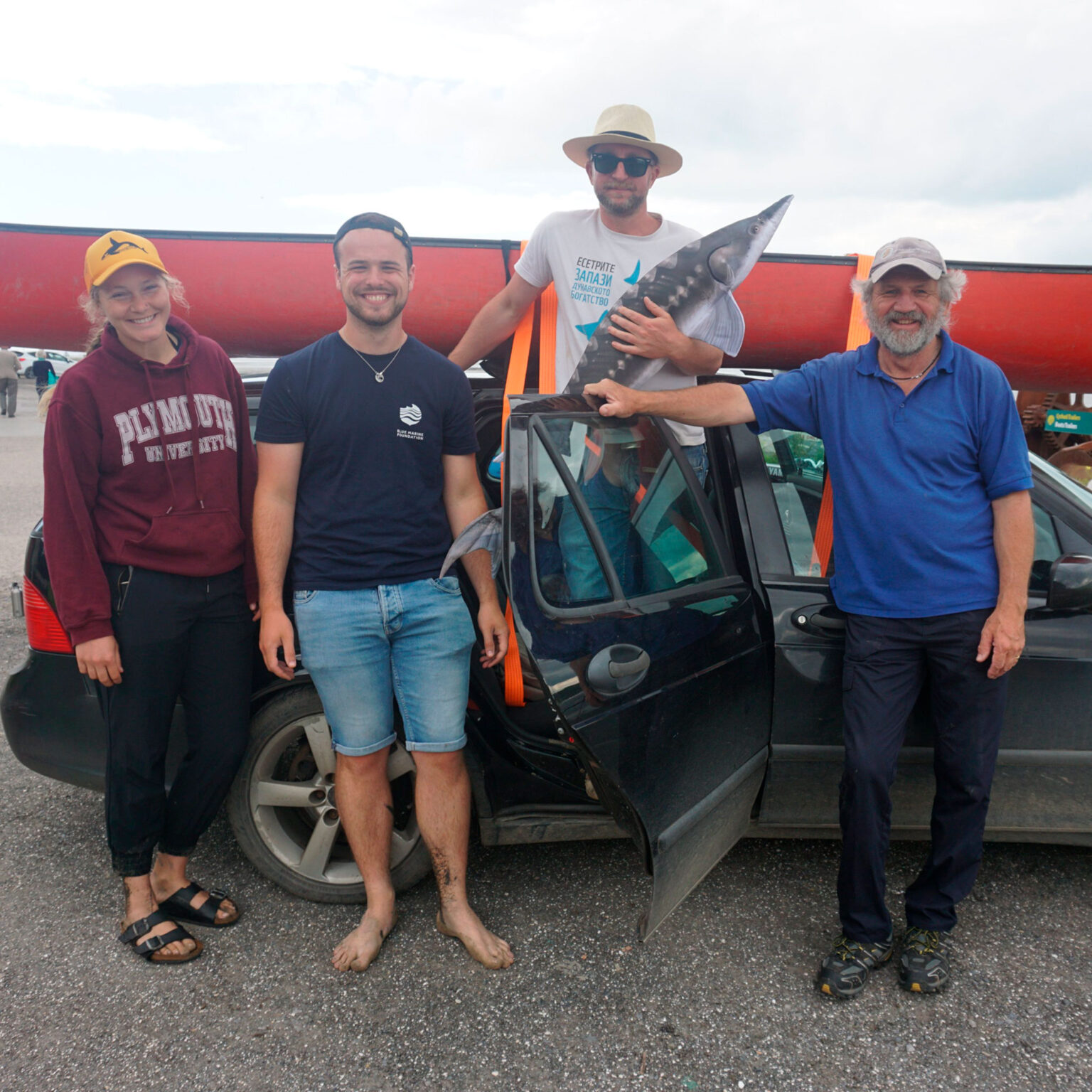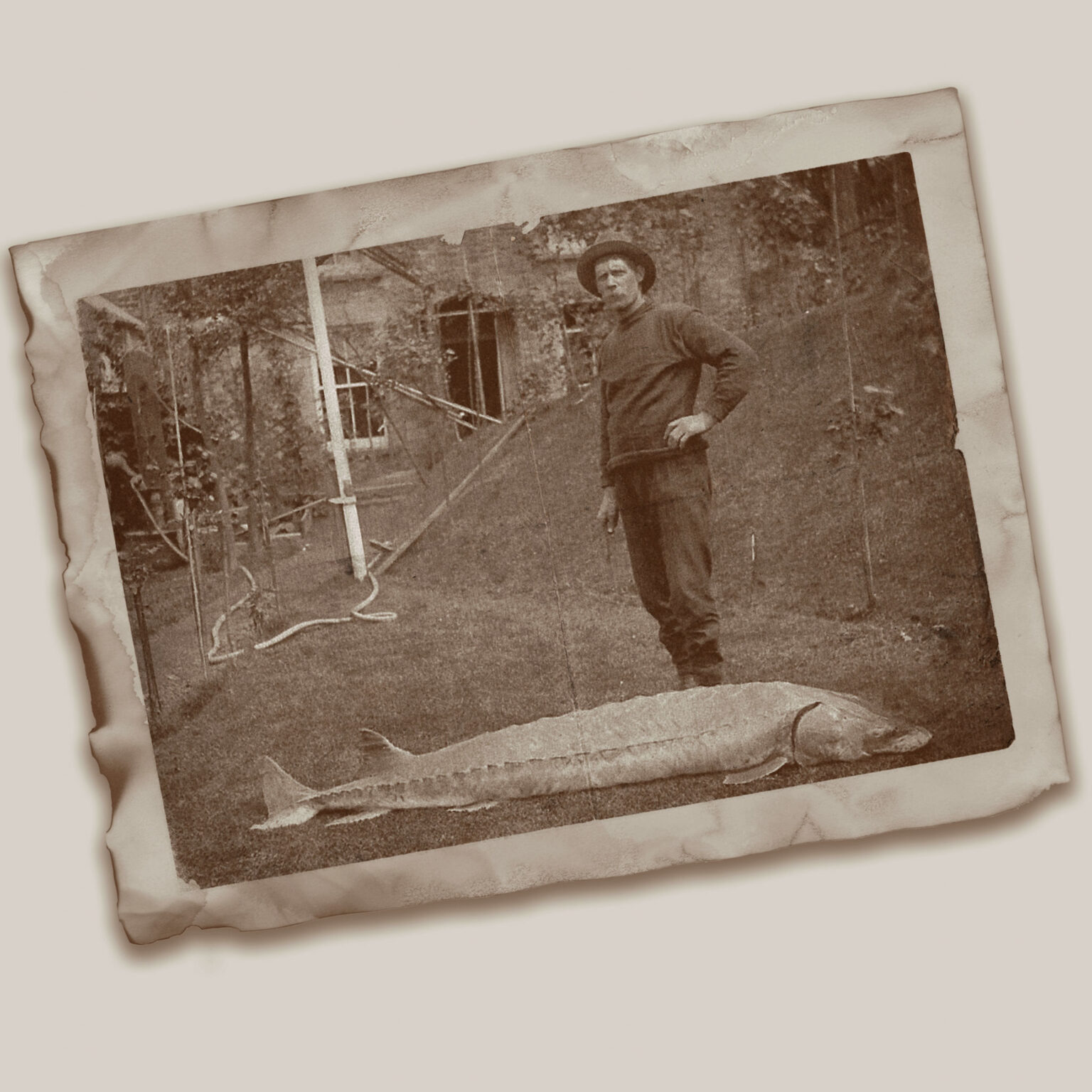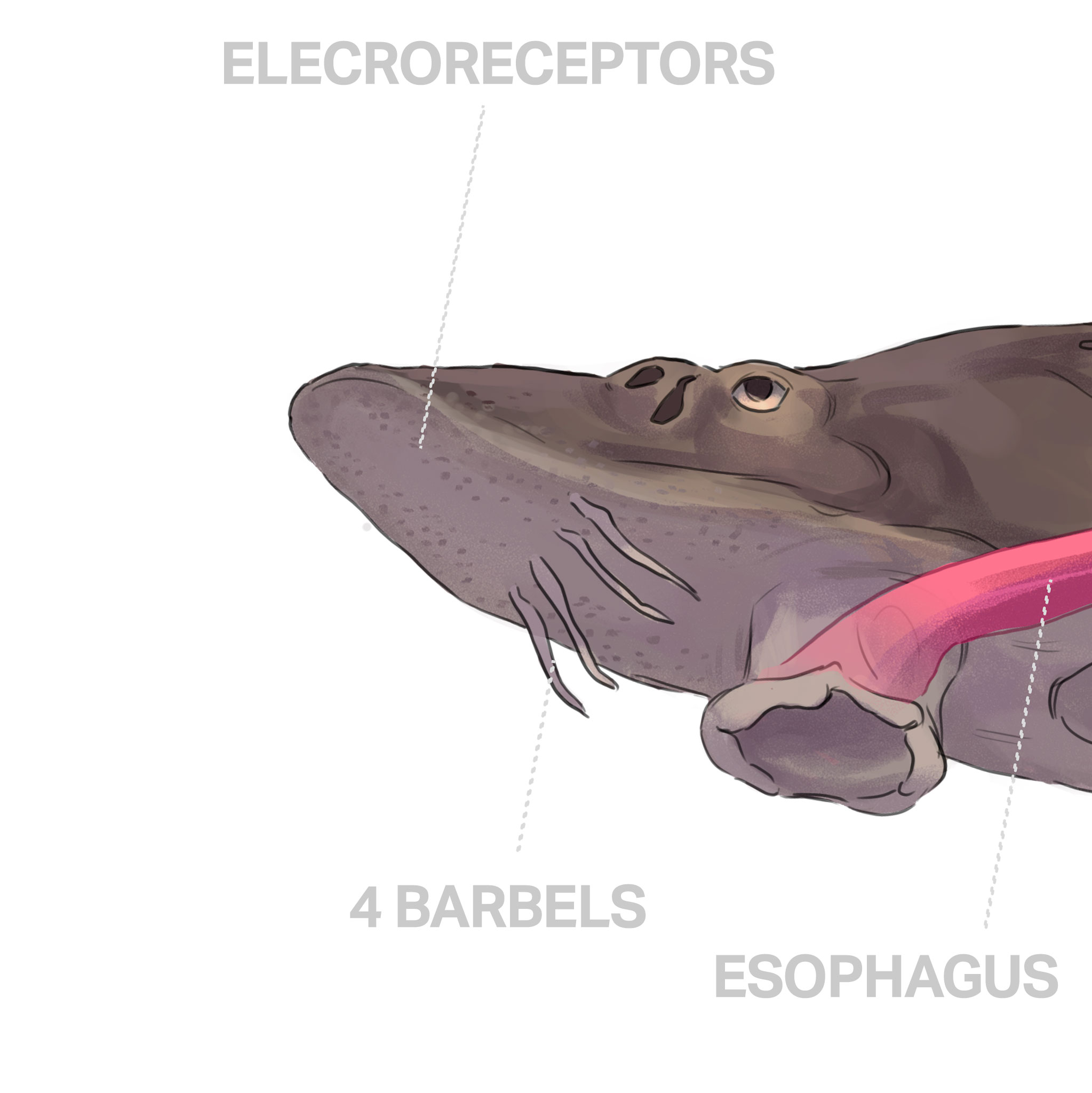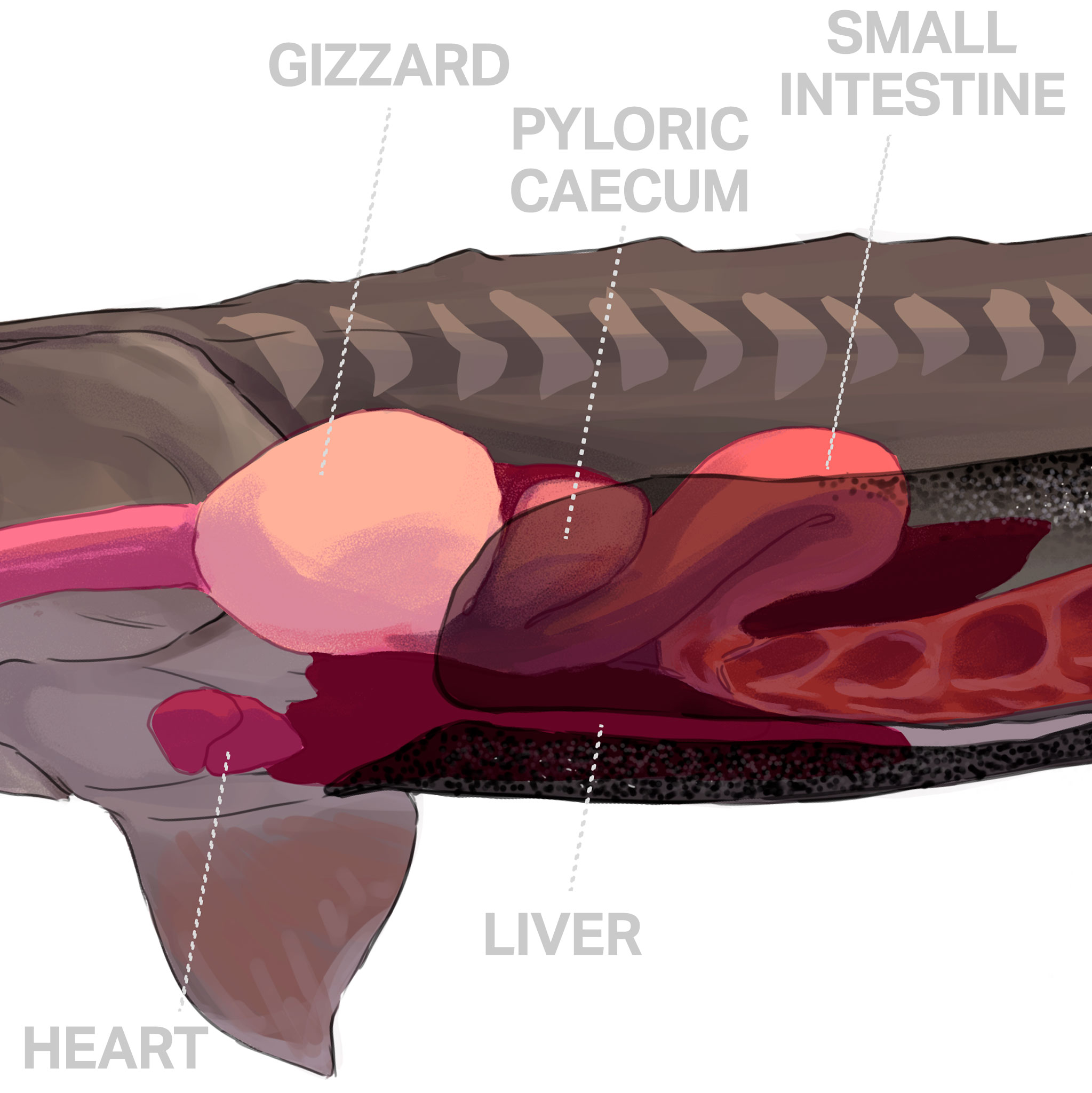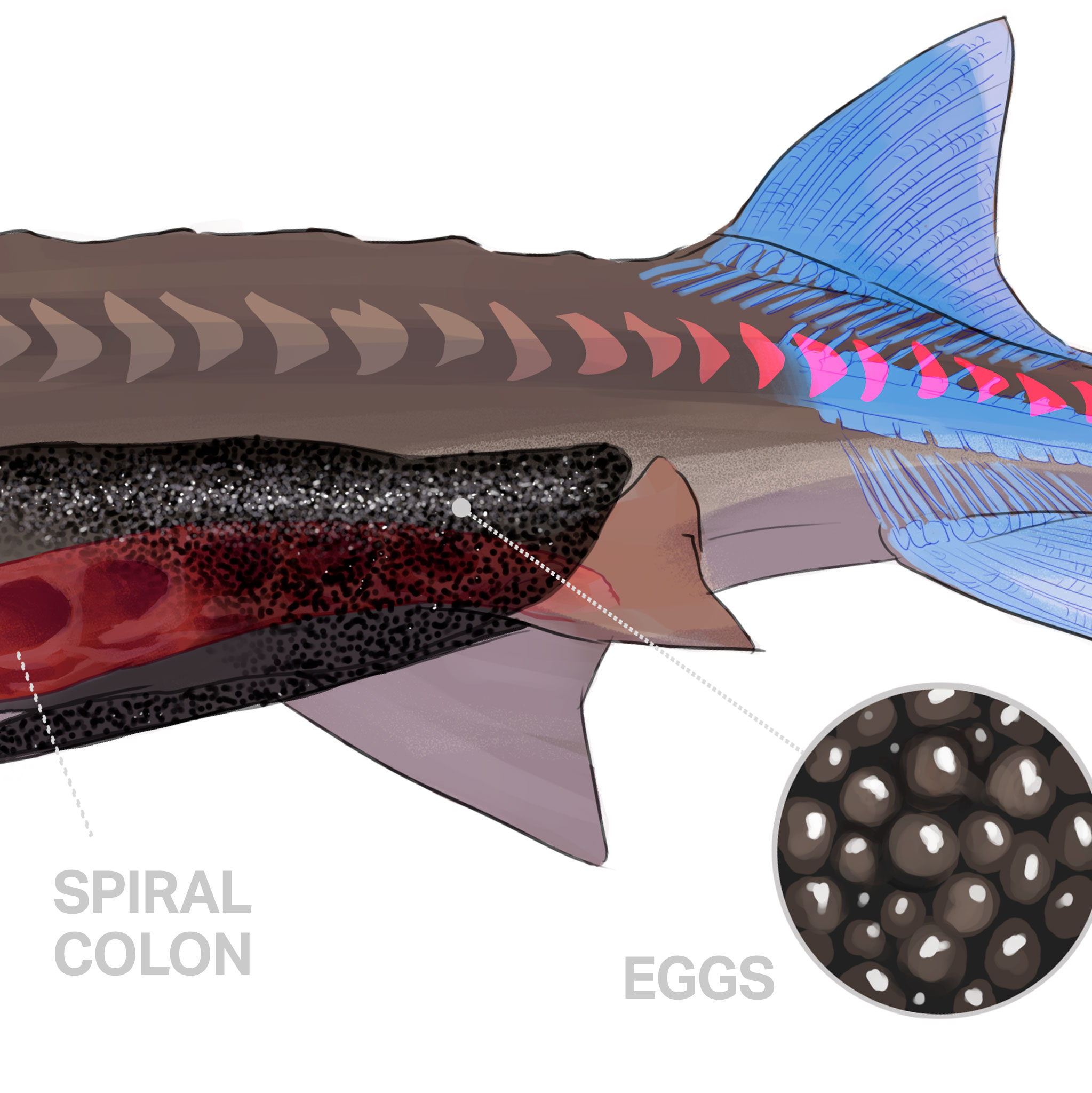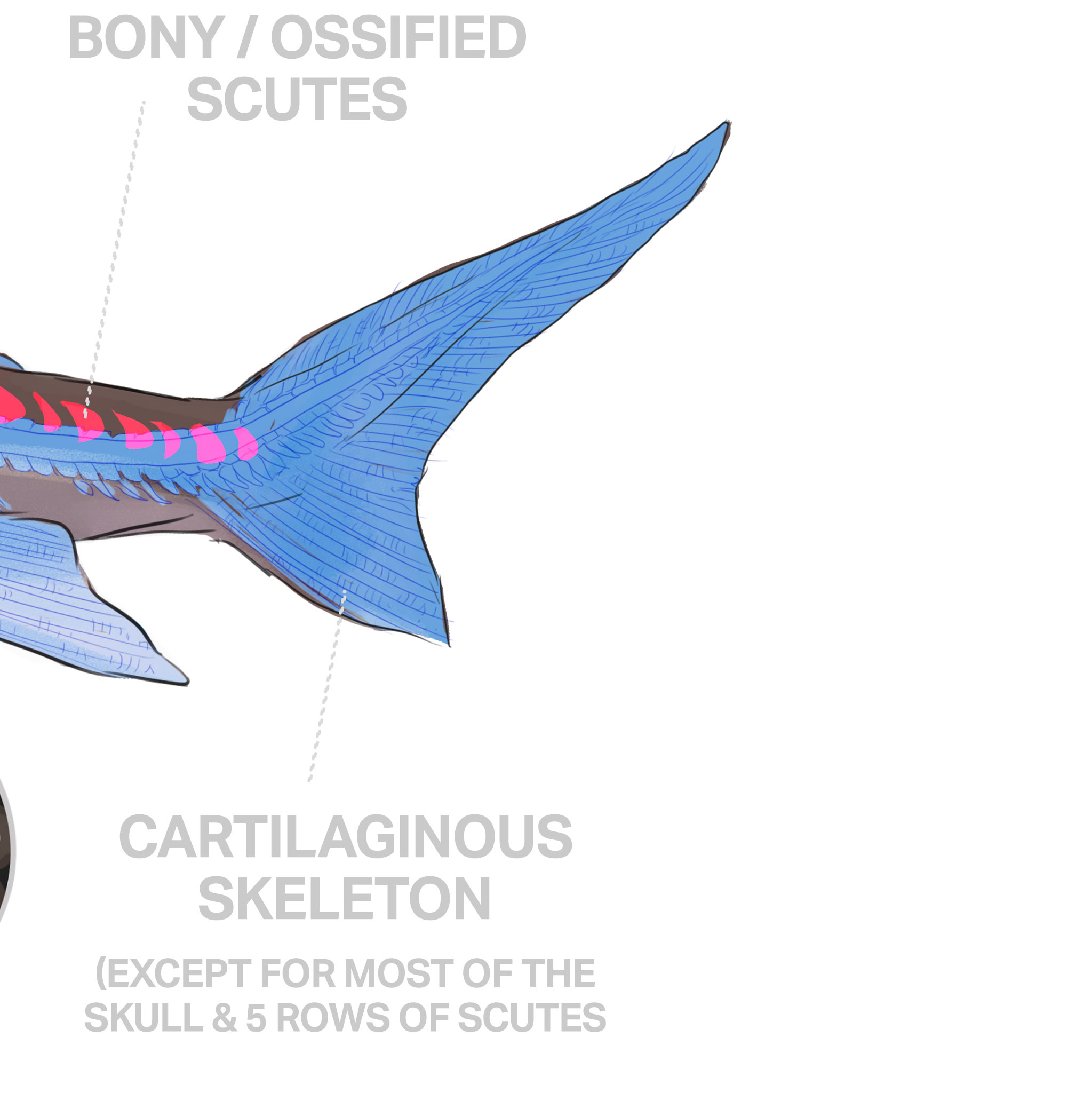
Help us save the UK's native Sturgeon
THE DECLINE OF OUR STURGEON
Archaeological records suggest that hunting and fishing of native sturgeon began in the Bronze Age. There are the remains of massive fish traps which used to span large rivers to catch these big fish as they migrated upstream. Sturgeon’s armour-like scales, scutes, have been found in ancient middens (rubbish dumps) throughout the UK showing that these fish were a significant part of our diet. Eaten by all, sturgeon were highly prized for their protein rich meat.
Although exploitation was an issue, greater declines in sturgeon numbers came with the widespread construction of weirs and dams for river navigation and milling. Sturgeon are anadromous, migrating from the sea into rivers to spawn on clean gravel beds. Barriers meant that they were unable to reach their spawning grounds.
As mature individuals were either removed from the rivers or blocked from reaching their spawning habitats, the decline of native sturgeon was inevitable. The last officially recorded river capture was in 1993 in the River Tywi (Afon Tywi) in Wales. However, individuals have begun to return to our coasts in recent years because of reintroduction projects in France and Germany.
How can we bring them back?
- Rivers & Estuary Health:Ensuring that rivers and estuaries are in a healthy condition is paramount to not only the lifecycle of sturgeon, but to the health of all other species in the ecosystems. Reducing pollution will help return our river and coastal habitats to healthy states supporting a vast array of wildlife.
- Spawning Habitats:Sturgeon spawn in freshwater, in deep, well-oxygenated pools over clean gravel beds. In some instances, these habitats may have been removed due to dredging or altering the river channel over time. Restoration of gravel beds to natural conditions is one way to ensure successful spawning.
- Migration Routes:River barriers, such as weirs, that are no longer in use should be removed, and those still in use, bypassed with fish passes large enough for sturgeon. The Unlocking the Severn project has done this for many weirs on the Severn to ease passage for twaite shad.
- Legal Protection:The European sturgeon is strictly protected under UK legislation including the Wildlife and Countryside Act (1981), Conservation of Offshore Marine Habitats and Species (Amendment) (EU Exit) Regulations (2019) and Conservation of Habitats and Species (Amendment) (EU Exit) Regulations (2019). Sturgeon are protected throughout their entire range as a species of principle importance through the Habitats Directive (1992). They are also a Biodiversity Action Plan (1994) Priority Species.
- Pet Trade: The Convention for the Protection of the Marine Environment of the North-East Atlantic (OSPAR Commission) states that the largest current threat to sturgeon restoration globally is the presence of non-native sturgeon in the wild. These non-native species have been accidentally or intentionally released into rivers from private, ornamental or angling lakes and ponds. Their entry into the UK came via imports for the pet trade. To successfully restore native sturgeon, further restrictions and enforcement surrounding non-native sturgeon in the pet trade must come into place to stop more entering the wild.
- Public Awareness:A key component of sturgeon restoration is public awareness and education. Some behaviours, such as getting stranded in rivers at low tide, need to be understood by the general public so they are aware how they should act - in the case of stranded fish they should be left alone. Anglers, fishermen, and the general public can report sturgeon sightings to further help sturgeon restoration and research. The UK should be proud of these gentle giants and encourage their return.
- Restoration:Sturgeon restoration is not a quick fix, but it is possible. Sturgeon are now returning to rivers in France and Germany after many years of restoration efforts. Through conservation effort, native sturgeon could return to the UK in the not-too-distant future.
- The UK Sturgeon Alliance:Created in 2020, the UK Sturgeon Alliance is a coalition of organisations working together to help restore our native sturgeon species. Members include Zoological Society of London (ZSL), Institute of Fisheries Management (IFM), Severn Rivers Trust, Wildfowl and Wetlands Trust (WWT) and Blue Marine Foundation (Blue Marine). Links to each individual organisation can be found below. The UK Sturgeon Alliance is also working closely with other European restoration schemes for the species. The UK sturgeon Alliance has developed an Action Plan which sets out goals to restore sturgeon to UK waters and build on existing evidence for their protection.
